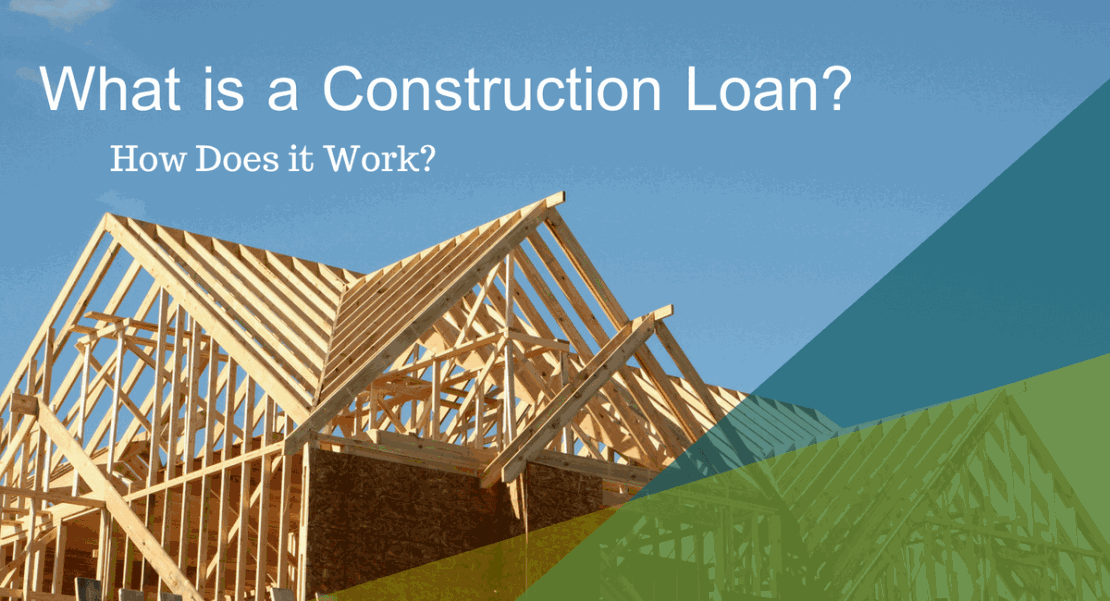
Is a Construction Loan Right for You?
If you've found yourself searching and searching for a home, but can't find the perfect one, building your own home with a construction loan might be the perfect option for you. A construction loan is typically a short-term loan used to cover the cost of building. Once construction is complete, your construction loan can then be refinanced into a long-term mortgage.
There are several different costs when buying a home that is already been built, so it’s no surprise that a construction loan includes a few extra hurdles. It's important to look for an experienced construction lender who can lead you through the process with minimal frustration. Because remember, building a home takes a long time and the process has lots of moving parts, so you must select your financing with care. To guide you through the process and move you into the home of your dreams, Lincoln Savings Bank has divided the construction loan process into 4 helpful steps:
1. Determine Your Budget
- Land
- Plans, permits and fees
- Labor and materials
- Closing costs
- Contingency reserves (in case the project costs more than estimated)
- Debt-to-income ratio: Where lower is better, you should have more coming in than you owe.
- Credit score: Most construction loan lenders will require a higher credit score. More risk is involved since construction can have many changes throughout concerning things like the time and price.
- Repayment plan: With a construction-only loan, the lender might want to know what the end loan financing will look like in regards to the program and payment term.
- Assets: We like to know you have a savings plan in place in case items go over budget and you need to self-fund some of the project.
Don’t forget about the down payment! Typically, 15% is the minimum you need to put down for a construction loan – some lenders require as much as 25% down. This ensures that you are invested in the project and won’t just walk away if things get hard. This also protects the bank or lender in case the house doesn’t turn out to be worth as much as they expected.
2. Find your Builder
In order to get started, you need someone to build your house. A qualified builder must be involved. A licensed general contractor with an established reputation will help reassure your lender and get you the loan you need. This means that you may have a hard time finding an institution to finance your project if you are intending to act as your own general contractor.
A construction loan is different because it adds a third party, the builder, to the equation. Everything will depend on your contractor’s ability to complete the plans on time and within budget, so hire carefully. Check the builder’s references and look at other work they’ve completed. Their plans should be approved by the local building authority and they should be ready to start promptly before moving forward with the project.
The selection of your builder is important for many reasons, but they should also be experienced and prepared for what could be required of them. A lender may request your builder’s work history and proof of insurance, blueprints, specifications, a materials list, a detailed budget and a signed construction contract that includes start and finish dates.
3. Draw up the Plans
The lender needs these detailed specifications like floor plans, as well as details about the materials that are going to be used. Builders often put together a comprehensive list, or a “blue book”, that itemizes everything in their plan.
This plan will then be estimated by an appraiser to gauge the home’s value. Although there is no physical house yet, these detailed plans are evaluated by the lender compared to similar houses with similar locations/features/size. These other comparable houses help determine the appraised value and the appropriate loan size.
4. Buy Your Land
It can be easy, with all the fuss over building plans, to forget that the land also needs to be purchased. Which is another great perk of working with LSB; we can do every step here! The value of your land will also be appraised and included in your construction loan, so there is no separation of all your costs, they are all included in one single loan.
If you are willing to take on the risks that come with building your own home and can maintain a financial cushion throughout the process, then building your dream home could be the right path for you. Lincoln Savings Bank can help you get past any bumps in the road, like building plans, buying land, and refinancing. So, contact one of our experienced construction lenders to learn more, and they can help carefully weigh the risks and benefits of your unique situation.
Lincoln Savings Bank
Member FDIC, Equal Housing Lender


